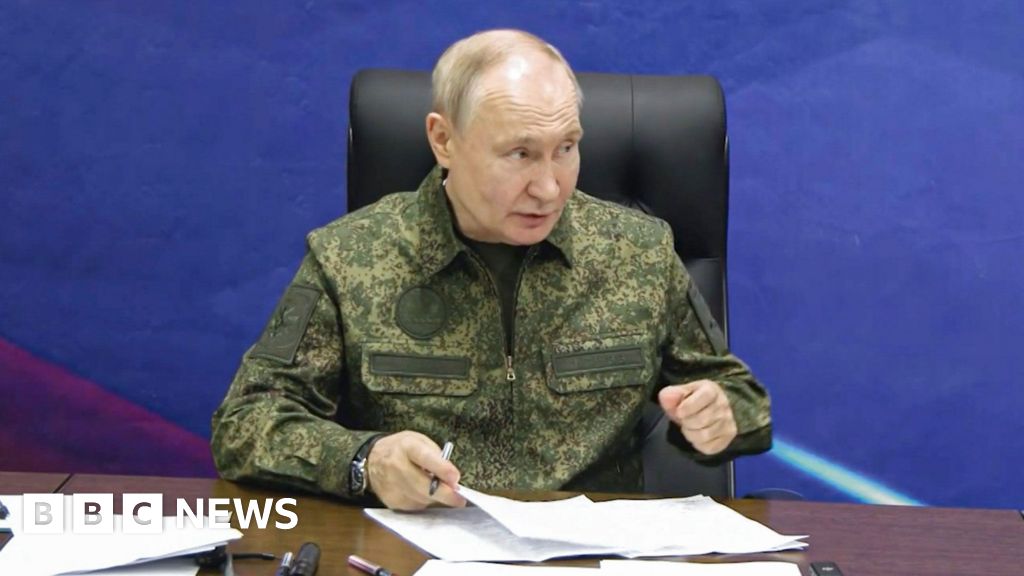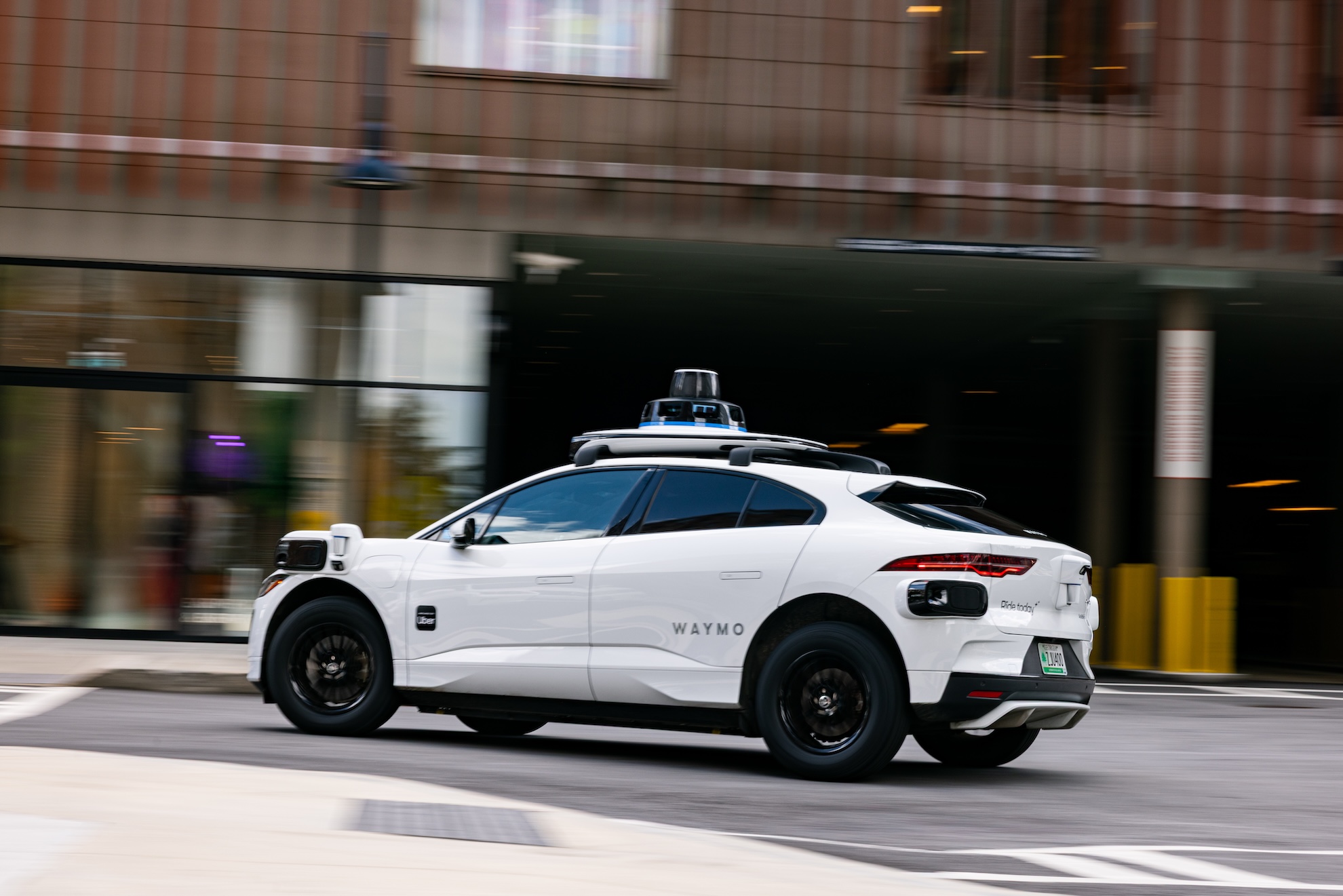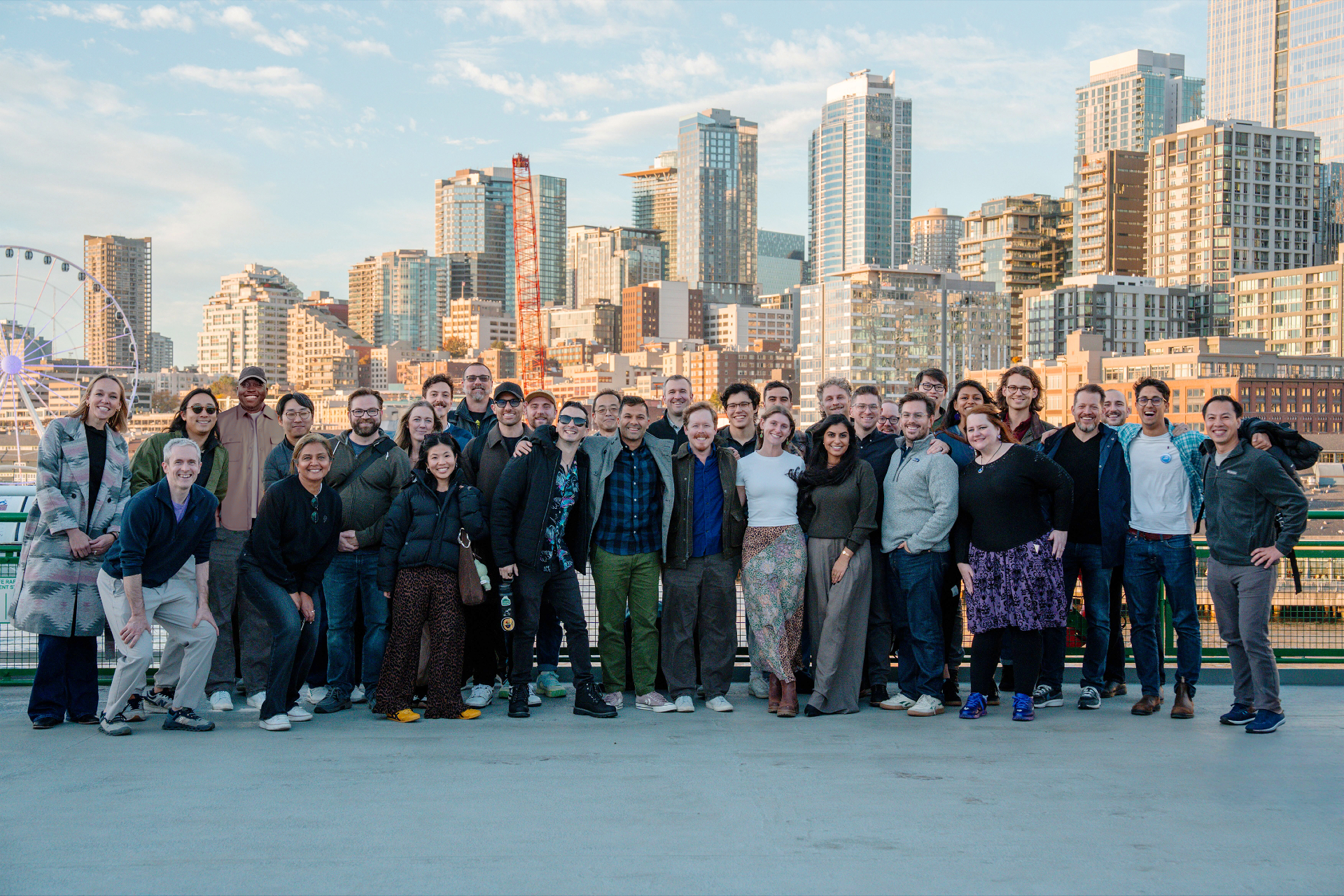
During a recent departure for an extensive trip across Asia, former U.S. President Donald Trump indicated his willingness to engage in a potential fourth meeting with North Korean leader Kim Jong Un. Speaking to reporters aboard Air Force One as he embarked on a journey that includes stops in Malaysia and Japan, Trump conveyed a message of openness, stating, "I would. If you want to put out the word, I’m open to it," and affirmed his perception of a "great relationship" with Kim. This declaration reignites discussions about an unconventional diplomatic approach that previously defined a significant portion of his presidency, particularly concerning one of the world’s most reclusive and militarily provocative states.
A History of Unconventional Diplomacy
The prospect of another direct engagement between Trump and Kim carries significant historical weight, tracing back to a period marked by unprecedented personal diplomacy between the leaders of two nations technically still at war. The Korean War, which concluded in 1953 with an armistice rather than a peace treaty, established a tense, heavily fortified border and a deeply entrenched animosity. For decades, U.S. policy towards North Korea predominantly relied on sanctions, deterrence, and multilateral negotiations, with direct leader-level talks being virtually unthinkable.
Trump dramatically altered this paradigm during his first term. Initially, his rhetoric toward Kim was sharply confrontational, famously referring to him as "little rocket man" and threatening "fire and fury" in response to North Korea’s accelerating ballistic missile and nuclear weapons tests. However, this aggressive posturing soon pivoted to an offer of direct dialogue, a move that stunned both allies and adversaries alike. This shift culminated in a series of groundbreaking encounters, fundamentally reshaping the diplomatic landscape of the Korean Peninsula.
The first historic summit occurred in Singapore in June 2018, marking the first time a sitting U.S. president met with a North Korean leader. The meeting produced a joint statement vaguely committing to "complete denuclearization of the Korean Peninsula," a term subject to varying interpretations by both sides. This was followed by a second summit in Hanoi, Vietnam, in February 2019, which collapsed without an agreement. The core disagreement centered on the scope of denuclearization North Korea was willing to undertake versus the extent of sanctions relief it demanded from the United States. Despite the breakdown, a third, highly symbolic meeting took place in June 2019 at the Demilitarized Zone (DMZ) separating the two Koreas. During this encounter, Trump briefly stepped onto North Korean soil, an unprecedented act for a U.S. president, where he shook hands with Kim. While lauded by some as a bold diplomatic gesture, this meeting, too, failed to yield concrete progress on denuclearization.
The Korean Peninsula’s Enduring Stalemate
Following these high-profile summits, the momentum for denuclearization talks largely stalled. North Korea has since continued to advance its weapons programs, conducting numerous tests of intercontinental ballistic missiles (ICBMs) and other advanced weaponry, actions frequently condemned by the international community and in violation of United Nations Security Council resolutions. These tests demonstrate Pyongyang’s commitment to developing a credible nuclear deterrent, further complicating any future negotiations.
When pressed on whether he would recognize North Korea as a nuclear state, Trump recently remarked, "I think they are sort of a nuclear power… They got a lot of nuclear weapons, I’ll say that." This statement, while reflecting a pragmatic acknowledgment of North Korea’s current capabilities, diverges significantly from the long-standing U.S. policy goal of complete, verifiable, and irreversible denuclearization (CVID). Such a recognition, even informal, could have profound implications for non-proliferation efforts and the regional security architecture.
Kim Jong Un, for his part, has also signaled a conditional openness to renewed dialogue. According to state media reports, Kim recently expressed, "I still have a good memory of President Trump," but stipulated that any future meeting would require the U.S. to cease its "absurd" demand for North Korea to unilaterally abandon its nuclear arsenal. This stance underscores the persistent chasm between the two sides: Washington insists on denuclearization as a precondition or primary goal, while Pyongyang views its nuclear weapons as non-negotiable and demands reciprocal concessions, primarily sanctions relief, for any steps towards disarmament.
Regional Dynamics and Economic Undercurrents
Trump’s current Asia trip extends beyond the potential for North Korean talks, encompassing critical diplomatic engagements with other key regional players. Meetings with leaders like China’s President Xi Jinping are slated amid ongoing trade negotiations, a central theme throughout Trump’s previous administration. Earlier in the year, Trump’s imposition of sweeping tariffs on Chinese goods sparked a significant trade dispute between the world’s two largest economies. While a temporary détente was achieved, with both nations agreeing to suspend further tariff increases while seeking a comprehensive trade agreement, the situation remains precarious. Trump’s recent threat to impose a 100% trade levy on Chinese goods over Beijing’s curbs on rare earth exports highlights the volatile nature of these economic tensions. Rare earth minerals are indispensable components in a vast array of modern electronics, from smartphones to electric vehicles and defense systems, and China currently dominates their global supply, accounting for approximately 90% of refined rare earth exports. This control gives Beijing significant strategic leverage in global supply chains and geopolitical negotiations.
South Korea, a crucial U.S. ally and directly impacted by North Korean actions, is closely monitoring these developments. South Korea’s Unification Minister Chung Dong-young, who oversees inter-Korean relations, indicated a "considerable" chance of a Trump-Kim meeting occurring while Trump is in South Korea for the Asia-Pacific Economic Co-operation (APEC) forum. Trump is expected to land in the South Korean city of Busan ahead of the summit and is scheduled to meet with South Korean leader Lee Jae Myung. Lee, who visited the White House in August to discuss peace on the Korean Peninsula and the possibility of a Trump-Kim encounter, has expressed openness to a deal where North Korea would agree to freeze the production of its nuclear weapons in exchange for concessions. However, a senior U.S. official has reportedly stated that a meeting with Kim Jong Un is not currently on Trump’s official schedule, according to the Anadolu Agency. This mirrors previous instances, such as the impromptu DMZ meeting, which materialized from a social media invitation, suggesting that such high-stakes encounters can emerge spontaneously outside of traditional diplomatic planning.
Challenges and Strategic Ambiguity
The social and cultural impact of a potential fourth summit would be multifaceted. For many in the U.S. and its allies, direct engagement with Kim Jong Un offers a glimmer of hope for de-escalation, contrasting with periods of heightened tension and threats. However, critics argue that such meetings legitimize a totalitarian regime and provide propaganda victories for Kim without yielding substantive denuclearization. In North Korea, the image of Kim standing as an equal with a U.S. president reinforces his domestic authority and bolsters the state’s narrative of strength against external pressures.
From a market perspective, any signals of renewed dialogue or, conversely, increased tensions on the Korean Peninsula can trigger immediate reactions. Global financial markets often respond to geopolitical stability or instability, impacting stock indices, commodity prices, and investor confidence. A breakthrough in denuclearization could open avenues for significant economic opportunities, particularly for South Korean investment in North Korea’s undeveloped economy, though the severe international sanctions regime remains a formidable barrier. Conversely, continued missile tests and heightened rhetoric contribute to regional instability, potentially deterring foreign investment and affecting trade routes.
Looking Ahead: High Stakes and Unpredictability
Neutral analytical commentary suggests that Trump’s continued interest in meeting Kim Jong Un stems from a combination of factors: a belief in the power of personal diplomacy, a desire to cement a legacy as a "deal-maker," and perhaps a pragmatic assessment that direct engagement, even if imperfect, is preferable to outright hostility. For Kim, a meeting provides a platform on the world stage, potentially easing the crushing burden of sanctions and gaining tacit acknowledgment of North Korea’s nuclear status, even if official recognition remains elusive.
However, the fundamental challenges remain unchanged. Defining "denuclearization" itself is a contentious issue, with North Korea historically interpreting it as the removal of U.S. nuclear threats from the entire Korean Peninsula, while the U.S. demands the verifiable dismantling of Pyongyang’s nuclear weapons program. The lack of a robust verification mechanism, the sequencing of denuclearization steps versus sanctions relief, and the deep distrust between the parties continue to be formidable obstacles. Any future dialogue would require careful preparation, clear objectives, and realistic expectations to avoid the disappointments of past attempts. The prospect of a fourth Trump-Kim summit, whether it materializes or not, underscores the enduring unpredictability of Korean Peninsula diplomacy and the unique, personalistic approach that continues to define this high-stakes geopolitical drama.







